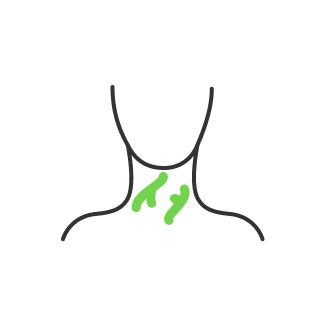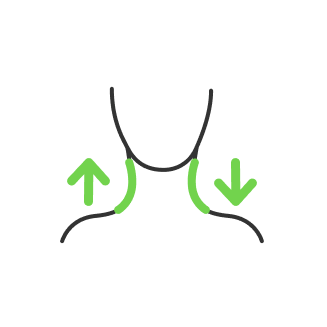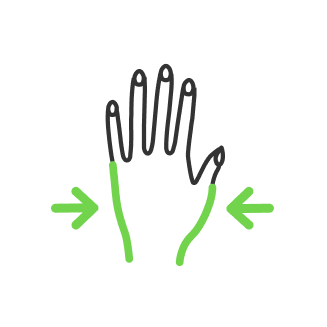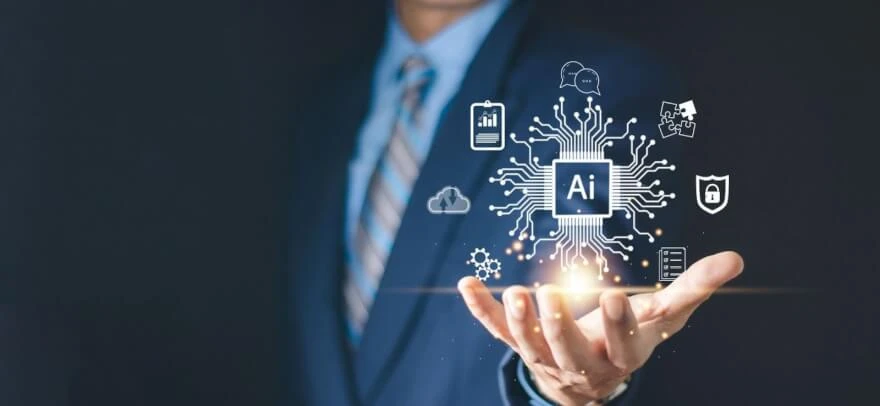What is editorial photography?
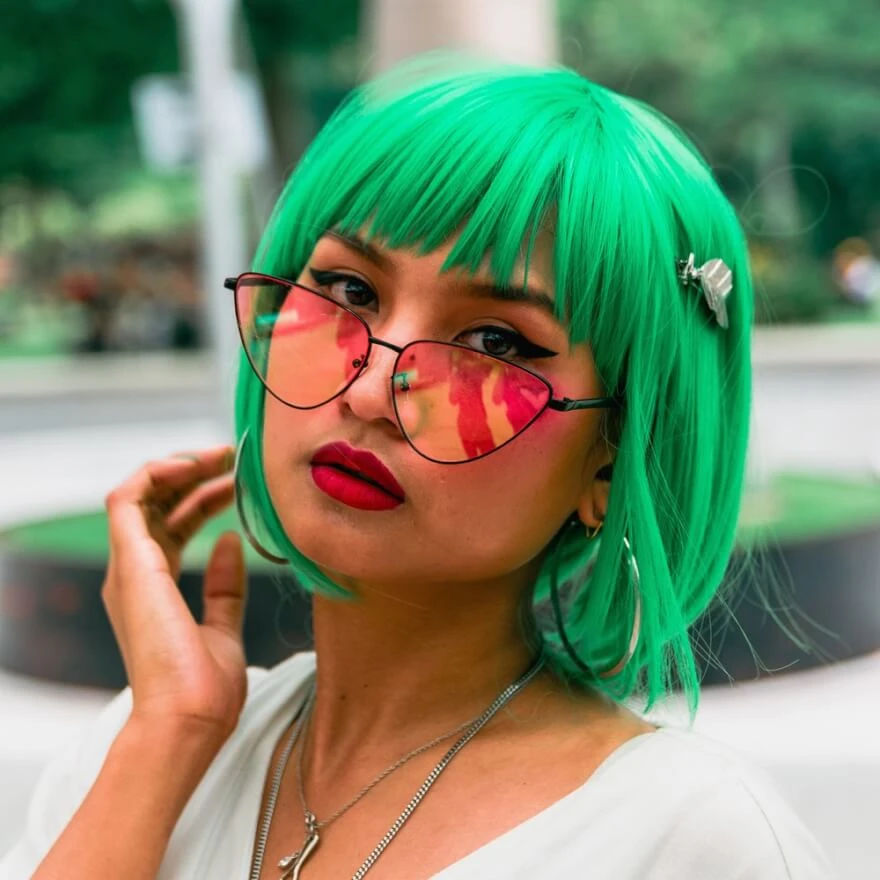
- Industry of Fashion editorial photography
- How to shoot editorials?
- Lighting setup and studio
- Editing and retouching your editorial images
- Skin tone and texture in-depth
- Noise reduction
- Focus stacking for macros
- Hollywood smile
- Eyes and lips enhancement
- Editorial photography worth
- Why should you be shooting editorials?
Photography is a wide term that stands with different kinds, as you can learn about in our blog. Today we are going to discuss and explain editorial photography meaning, its kinds, features, and how to shoot and edit it as well.
If you try to give a definition of editorial photography, it would be fair to say that editorial photography is a particular type that appears in publications and its main usage is to educate the readers by telling a story.
Industry of Fashion editorial photography

Most people think of fashion editorials when they hear the word editorial, but the truth is all sorts of editorials exist out there. There are food editorials, political editorials, fashion, and business.
Fashion editorials draw the most attention and have the most common use in magazines. Most simply put, a fashion editorial is a story told using clothing and photography as the language. If we compare fashion editorials to a traditional newspaper, they are the opinion pieces. Without the constraints of a client trying to sell something, editorials give photographers the room to push the boundaries of their creativity.
You may think that fashion magazines make money by selling actual copies, but the bulk of their profits actually come from the advertising revenue generated by brands paying to include their campaigns in each issue. When a brand like Chanel is paying Vogue to include their ads, they are also expecting the magazine to be including their products in the editorials, and most importantly, on the covers. To relate editorials to another industry, this is like pop stars or actors doing the press circuit of morning radio and late-night talk shows to promote their work. They are not paid for this press, but it is also essential to their success. To put it simply, if they are not doing editorials, they are not going to continue booking advertising. Considering that if you do your photographer’s and editorial’s job perfectly you will get a lot and spend almost nothing on a side. And that is why it is also important to get a good portfolio to establish all of those connections with the models and campaigns they participate in.
How to shoot editorials?

So, let us convey how to shoot editorial photography. While doing editorials, you want to keep a couple of things in mind. Composition matters a lot. Since your images are going to be placed alongside text in the magazine or publication, you want to make sure that you leave the room so that there can be words next to the images. Make sure that you also shoot a variety of different angles. So, for example, whenever we are shooting portrait editorials we will get a combination of headshots or close-up shots, half-body shots, and then environmental shots. It is always better to shoot a little bit too wide than it is too close because you can always crop in if necessary.
Lighting setup and studio

Now let us talk about lighting. Most of the time you can shoot with natural light, but when it comes down to editorial or commercial photography, you pretty much always incorporate artificial lighting. That is because when you are shooting editorial assignments you are often shooting in dimly lit environments like warehouses or office spaces, and you do not have control over the natural light every single time. Using artificial lighting like strobes gives you control over how your images will look. Learning how to use artificial lighting will separate you from the other photographers who only use natural light. It will help give your images that polished look that magazines and publications are looking for. The simplest setup to start out with is one strobe and reflector umbrella. One large umbrella is enough to give you a lot of versatility, and you can achieve a lot of different looks with just that one modifier.
Editing and retouching your editorial images

By all means, editorial photography is for editing your images.
Most of the time, any photo needs to be refined, no matter how well it was shot. And in the case of editorials, you have to polish your images to make them look perfect and glamorous. This is usually done using Photoshop or Lightroom. There are 3 particular tools we use in most cases to do 3 different jobs with the photo.
- When processing photos and retouching them, we foremost look at the color harmony in the image and make color corrections if necessary. We mostly look at the skin tone and work with it if we see it requires corrections.

- The second most important tool is the cropping tool since we usually follow the format set by a particular publisher, and this is the initial step in getting rid of unnecessary objects in the photo.

- But in addition to simple cropping, we will also very often have to do the job of completely replacing the background, so it is important to have the skill to use the appropriate tools in Photoshop. It could be really challenging, especially when trying to select the hair of the background.
Skin tone and texture in-depth

If we go more in-depth about retouching the image, it is essential to not spoil it and keep it natural, especially if we work with the skin tone. It is important to keep the texture of the skin and prevent it from being unnaturally smooth while retouching it. In order to not spoil the texture while working with colors, you can use the Frequency Separation method in Photoshop, which allows you to separate the texture of the color and work with these two layers separately. It is very important to find the right middle while using this method to not spoil the nature of the skin.
Noise reduction

Sometimes there is a lot of noise that appears to be in the image. To prevent that, we usually work with low ISO values in our camera while shooting editorials to prevent that from happening. But if the noise persists, we can use a Noise filter and apply it to our image with the blur tool usage.
Focus stacking for macros
If we are going to shoot some macro editorials, to advertise cosmetics production, for example, we can use focus stacking to emphasize the texture or any particular object we are going to focus on. The focus stacking method allows us to extract different focal points into one image during the post-processing of received images.
Hollywood smile

Shooting close-ups and portraits for magazines, your model should look perfect. And the teeth are our visit card for magazines, so the smile should be perfect with natural and white teeth in it, the so-called Hollywood smile.
Eyes and lips enhancement
Eyes and lips are the major points of attention in editorials, your job is to ensure they also look perfect and emphasize them in the image.
Working with the eyes, the 1st thing we need to get rid of is the blood vessels inside the pupil. To do that, we can create an adjustment layer - exposure in Photoshop, then paint the pupils with black and use white color for the iris. Then we set the blending mode to luminosity. We can also play with exposure using gamma values to establish appropriate contrast.

Lips are also important, especially if we advertise cosmetics. We are not plastic surgeons, but we can do minor adjustments that will make a better look for the whole image if we work with details. Look for flaws, if lips are not even we adjust the shape, if they are not shiny, we add some glance to it.
Editorial photography worth

Now, let us talk about the pricing and usage of your editorial photography. Shooting for a magazine or a publication, you should be getting paid. Do not feel obligated to give away your images in exchange for being tagged on social media. It is important to realize the value of your work. When photographers continually give away their work, it devalues the work and industry as a whole. Now, the issue that a lot of photographers face is figuring out how much to charge for their job. The most common experience about this is to simply ask the publication what their editorial rate is. It is important to note that magazines and publications do not have the same kinds of budgets as say a Fortune 500 company. Sometimes you will be able to negotiate your editorial rate with a magazine, and other times they just have a flat rate that they paid their photographers. In either case, it will be up to you to decide if it is worth your time and your effort.
Why should you be shooting editorials?
Shooting editorial style photography is very beneficial because it gives you credibility and legitimacy to your work. Despite the fact that being published does not have the same weight that it used to, it is still impressive to your prospective clients to see your work being published in a magazine. Shooting editorial work is also a great way to network and meet prospective clients. It is important not just to evaluate your editorial work as dollars, but also important to understand that if you leverage it properly, you can build your portfolio with new and fresh work, you can build credibility with your prospective clients, and you can potentially network with big brands and corporations. And to resume, it is fair to say that demand for photography is unlikely to be neglected in the foreseeable future, especially if we talk about fashion editorial photography, so it is worth becoming a professional.
Co-founder of RetouchMe. In addition to business, he is passionate about travel photography and videography. His photos can be viewed on Instagram (over 1 million followers), and his films can be found on his YouTube channel.
Moreover, his profile is featured on the most popular and authoritative resource in the film industry — IMDb. He has received 51 international awards and 18 nominations at film festivals worldwide.
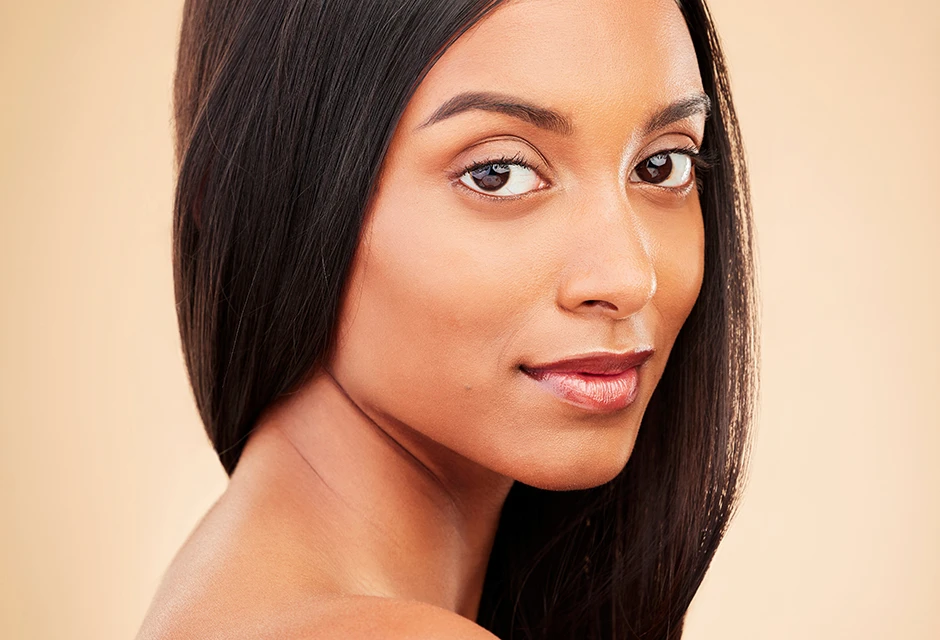
with RetouchMe






